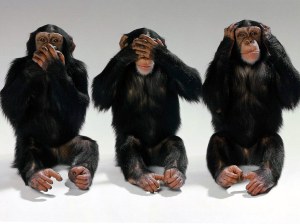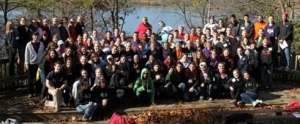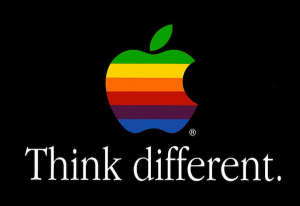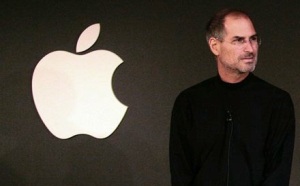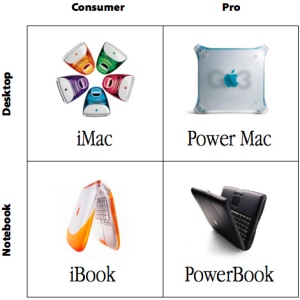After spending the last 16 weeks studying organizational communications in Dr. Gregory’s COMM610 class there are specific ideologies I would incorporate in any organization they are leadership, organizational communication, creativity & collaboration, and culture & identity.
The leader of any company must be able to accomplish a few simple goals with their employees. They must be able to effectively communicate with their employees, show supportiveness, motivate the team, adapt to change, and empower employees to succeed. If a leader is able to deliver these traits to their employees then it should lead to an innovative workplace, no matter the management style of the leader (Eisenberg, 262-6).
The organizational communication of any business is the identity of the company. Google for example assimilates their employees to the values of the organization with socialization. They implement an integration perspective to clearly and consistently portray the company culture (Eisenberg, 119-21).
In retrospect, this model of organizational communication at Google has lead to innovation and creativity matched by few companies. This company culture is favorably positioning Google as a successful organization today and into the future.
The ability for a organization to be both creative and collaborate poise them for longevity and success for years to come. As a rule, teams make better decisions than individuals (Eisenberg, 221). The decision-making process of many top performing companies hold true to this position.
Ikea, for example, makes many business decisions by collaborating with their employees and vendors before initiating a company decision. Ikea CEO, Anders Dahlvig believes when doing so you incorporate the success of the company and all persons involved in the Ikea process. It promotes cross-functionally and effectiveness within the system, allowing the culture to become cooperative in turn portraying the sense of entrepreneurial spirit within the company (Heffernan, 2011).
Organizational culture can also provide a unique sense of identity. In the example of Apple Computers, the strong culture of the organization is represented through the companies many loyal consumers.
For the launch of new Apple products former CEO Steve Jobs would present the products during Mac World conferences. These events invited Apple employees and members of the culture to witness the greatness that is a new Apple product. This outward portrayal of organizational culture teaches members of the group the correct way to perceive, think, and feel in relation to the organization. thus growing it’s identity (Eisenberg, 111).
When done appropriately this can grow enthusiasm with the brand. The example of enthusiasm with Apple computers, leads to massive lines of people waiting out front of Apple’s retail stores in anticipation of purchasing new products.
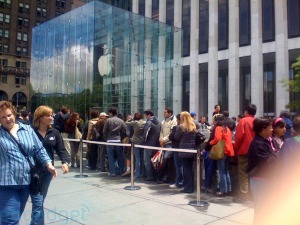
Apple self promotes new products through dramatic product presentations, In turn growing anticipation (and lines) for their products.
This interpretive view examines how the culture at Apple is socially constructed in everyday communicative behaviors among all members of the organization. With enthusiasm in a brand the exposure of it’s identity can be clearly represented by its members (Eisenberg, 118-9).
A successful organization is larger than the ideologies I present in this journal. These should be considered a foundation for an organization to grow. If they are established correctly a somewhat ‘perfect organization’ can flourish. Google, Ikea, and Apple are three examples of how these specific ideologies are being incorporated into a successful organization. Through a organizational communicative lens it is imperative to investigate an organization for these traits. If a company on the decline was able to restructure their organizational communications to align with the above ideologies, could they bounce back?
Citations:
Eisenberg, E. M., Goodall Jr., H. L., Trethewey, A., (2009). Organizational communication: Balancing creativity and constraint. Boston: Bedford / St. Martin’s.
Heffernan, M., (2011). Ikea’s former ceo on how to collaborate. Inc., Retrieved from http://www.inc.com/margaret-heffernan/ikeas-former-ceo-on-how-to-collaborate.html

